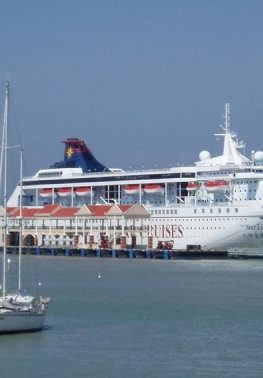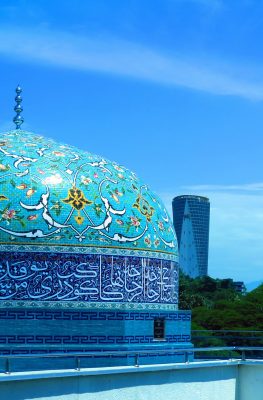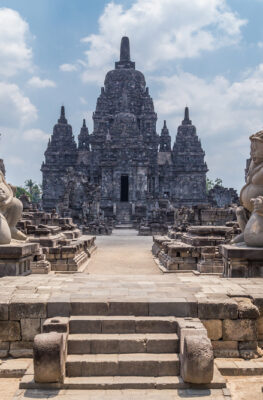Published on January 28, 2014
Already hotels in the towns of Singkawang and Pontianak, in West Kalimantan, report Full House facing this Chinese New Year and the Cap Go Meh Festivities in Singkawang. And still, Sriwijaya Air has added extra flights from Jakarta to Pontianak to meet the ever growing demand.
The 15th day of the Lunar New Year, better known here as “Cap Go Meh”, – which this year falls on 14th February 2014, – forms the highlight of any Chinese New Year celebration in Indonesia. While this is most elaborately held in areas with a large ethnic Chinese population such as in Bangka-Belitung and Palembang or in the Chinatowns of Semarang, Surabaya, Jakarta, Bandung, Manado and Medan, yet the most fascinating festivities will take place in the exotic town of Singkawang just 145 km north of Pontianak , capital of West Kalimantan.
This year, the entire series of Chinese New Year festivities in Singkawang will be centered at the Kridasana Stadium. Approximately 100 booths will be added to the excitement of an array of performances on special stages set up starting from the Eve of Chinese New Year or “Imlek” on 30th January to the pinnacle of the Cap Go Meh on 14thFebruary. For the celebrations, the Kridasana Stadium will be transformed into a Mei Hwa garden and there will also be 8 replicas of horses to represent the coming Chinese year of 2565 as the Year of the Horse.
In Singkawang, as always, the peak of the festival and of the entire New Year series of celebrations is highlighted with the parade of the ancient art of Tatung. Intended to repel misfortunes for the rest of the year, Tatung is the principle medium of the Cap Go Meh ritual to reject evil spirits. During the Tatung rituals, its participants will enter into a trance and perform many unbelievable stunts, such as stepping on a sword, or sticking steel wires or nails into their cheeks. This is quite unbelievable to see that despite such torture, the Tatungs are not wounded or even scarred.
This year, the Tatung Parade will start from the Kridasana Stadion to Jl.GS Lalang Street, turning to Jl.P. Diponegoro Street, then turning to Jl.Sejahtera Street towards the Toapekong or the Tri Dharma Bumi Raya temple. From there, the procession will head to Jl.Budi Utomo Street, Jl.Setia Budi Street, and finish at Jl. Niaga Street.
Singkawang is the second largest city in West Kalimantan province, bordering the State of Sarawak, Malaysia. Unlike other towns in Indonesia, Singkawang has a distinct oriental atmosphere with hundreds of Chinese temples found around almost every corner of town. This is because over 70% of Singkawang’s population is of Chinese descent, predominantly of the Hakka tribe with some Teochew. Others are Malays, Dayaks and other Indonesian ethnic groups.
In the 18th century, West Borneo lured many from mainland China to the gold mines at Monterado (today called the Bengkayang district). The Chinese came by the thousands, and on their way there they used to overnight in Singkawang. Most settled here and their descendents today form the majority population of Singkawang.
To reach Singkawang, one must first fly to Pontianak then take a taxi or public transportation. Be sure to have your accommodation confirmed since hotels during these festivities are at a premium. Singkawang has 7 star-rated hotels and 23 medium sized hotels, which are almost all completely filled, since most have been booked way in advance, reports Kompas daily. Three new hotels are in construction in view of soaring demand. To add accommodations, the Tourism Office of Singkawang, working with the local population, has increased homestays.






